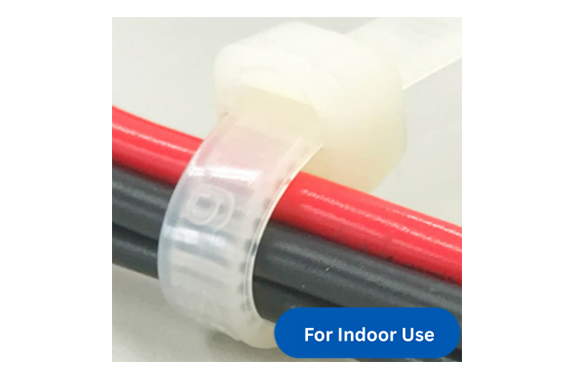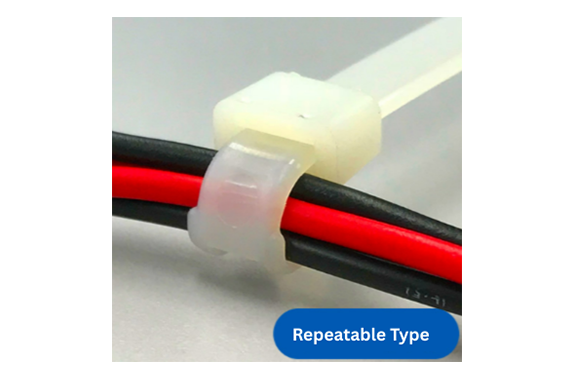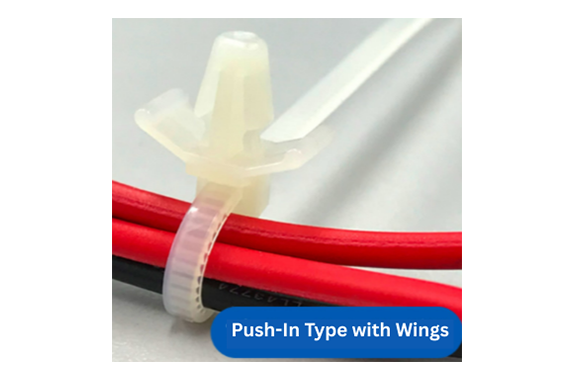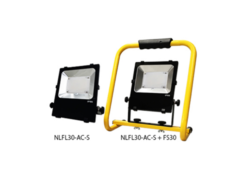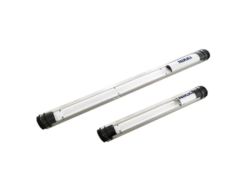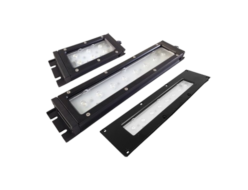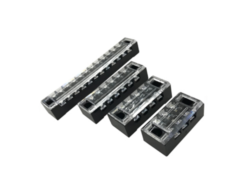Nikki Co., Ltd.
Nikki Nylon Cable Ties

Manufacturer: Nikki Co., Ltd.
What are cable ties?
It is a wiring material mainly used to bundle wiring or multiple cables.
It is sometimes called a cable tie from the English translation “Cable tie”, but our product name is “cable tie”.
How to use cable ties
The basic use of cable ties is to bundle multiple wires together, such as multiple cables and wire hoses inside a control board, and also used to bundle cables for electronic devices in an ordinary home.
Bundling wires with cable ties also makes them look neater.
Precautions when bundling wires with cable ties
Do not tie tightly
When bundling cables, it is important not to tie them too tightly.
If you tie LAN cables too tightly, they may break.
Bundle them loosely so that there is a small gap between the cable tie and the cable.
Keep the cables free of dust
If dust accumulates between cables or cable ties, such as LAN cables, it may cause the cables to heat up and ignite, resulting in a fire.
How cable ties stay in place
If used properly, cable ties will not come off easily.
The way they stay in place is that when you insert the end of the cable tie into the head, the jagged part on one side of the tie catches on the prongs of the head halfway through. The jagged part has a barb like a fish hook, so it will move in the direction you tighten it, but will not move in the opposite direction and will not come off.
The jagged part of a cable tie is only on one side. Therefore, if you insert it in the wrong direction, it will not catch on the prongs of the head and will come off easily.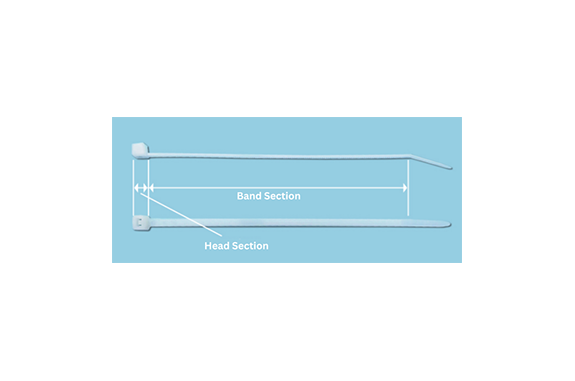
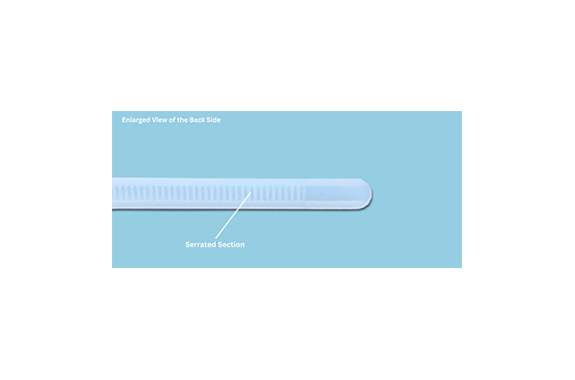
How to remove the cable tie
Cable ties are designed not to come off easily, so to remove them, cut them with scissors or something similar.
When cutting with scissors, it is recommended to use scissors with a thin and sharp blade as this makes it easier to cut and also makes it easier to insert the blade between the cable tie and the object being tied. If it is difficult to cut with scissors, use pliers. With pliers, even if there is no gap and you do not need to insert the blade between the object and the cable tie, you can cut it as long as the tip of the blade fits in.
When removing either method, be careful not to damage the object being tied. In the case of cables, damaging the coating can lead to accidents such as electric leakage and fire.
Is there any way to remove it without cutting it?
The jagged part of the band hooks onto the nail, so if you create a gap between the jagged part and the nail, you can pull it off.
If you have a flat-head screwdriver that fits into the nail and push in the jagged part that engages with the nail, you can move it, but be careful because you may damage the jagged part.
If you want to be able to remove the cable tie and reuse it multiple times, use a reusable cable tie.
Specification
| For outdoors | Weather-resistant nylon 66 |
|---|---|
| Indoor | Nylon 66 |
| Operating temperature | -20℃~80℃ |
Deterioration and weather resistance of cable ties
Cable ties are very durable products, but they can deteriorate depending on external factors.
The main causes of deterioration are ultraviolet rays, load, dryness, heat, and direct sunlight. Plastics are particularly susceptible to damage from ultraviolet rays. UV rays cause discoloration and reduce tensile strength and elongation, leading to breakage.
If you want to use it near a window or outdoors, use the “black” weatherproof cable ties.
Outdoor cable ties increase UV resistance without compromising physical properties, allowing you to use them outdoors for farm work or near a window.

| Model number | Width x Length (mm) | Maximum bundle diameter (mm) | Tensile strength (N) |
|---|---|---|---|
| N-25080 | 2.5×80 | 15 | 78.4 |
| N-25100 | 2.5×100 | twenty two | 78.4 |
| N-25165 | 2.5×165 | 43 | 78.4 |
| N-25200 | 2.5×200 | 53 | 78.4 |
| N-36150 | 3.6×150 | 35 | 176.4 |
| N-36200 | 3.6×200 | 52 | 176.4 |
| N-36250 | 3.6×250 | 65 | 176.4 |
| N-36300 | 3.6×300 | 76 | 176.4 |
| N-48160 | 4.8×160 | 42 | 215.6 |
| N-48200 | 4.8×200 | 50 | 215.6 |
| N-48250 | 4.8×250 | 74 | 215.6 |
| N-48300 | 4.8×300 | 80 | 215.6 |
| N-48368 | 4.8×368 | 102 | 215.6 |
| N-48432 | 4.8×432 | 125 | 215.6 |
| N-76300 | 7.6×300 | 80 | 539 |
| N-76380 | 7.6×380 | 105 | 539 |
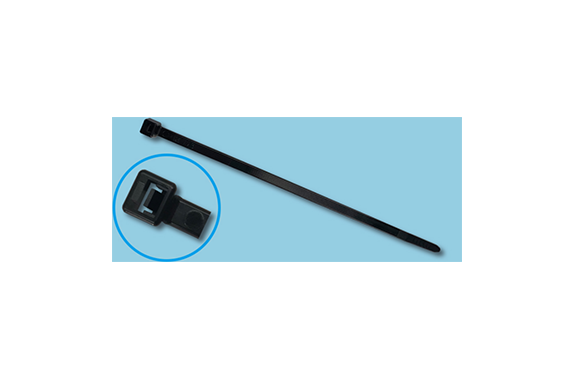
| Model number | Width x Length (mm) | Maximum bundle diameter (mm) | Tensile strength (N) |
|---|---|---|---|
| N-25100U | 2.5×100 | twenty two | 78.4 |
| N-25120U | 2.5×120 | 28 | 78.4 |
| N-25200U | 2.5×200 | 53 | 78.4 |
| N-36150U | 3.6×150 | 35 | 176.4 |
| N-36200U | 3.6×200 | 52 | 176.4 |
| N-36250U | 3.6×250 | 65 | 176.4 |
| N-36300U | 3.6×300 | 76 | 176.4 |
| N-48160U | 4.8×160 | 42 | 215.6 |
| N-48200U | 4.8×200 | 50 | 215.6 |
| N-48250U | 4.8×250 | 74 | 215.6 |
| N-48300U | 4.8×300 | 80 | 215.6 |
| N-48368U | 4.8×368 | 102 | 215.6 |
| N-48432U | 4.8×432 | 125 | 215.6 |
| N-76300U | 7.6×300 | 80 | 539 |
| N-76368U | 7.6×368 | 105 | 539 |
Repeatable cable ties
A repeating cable tie can be easily removed by pressing the lever attached to the claw, which creates a gap between the claw and the jagged part.
Since many computers are used in offices, it is useful for bundling cables, and the repeating type can be reused when replacing or changing the layout.
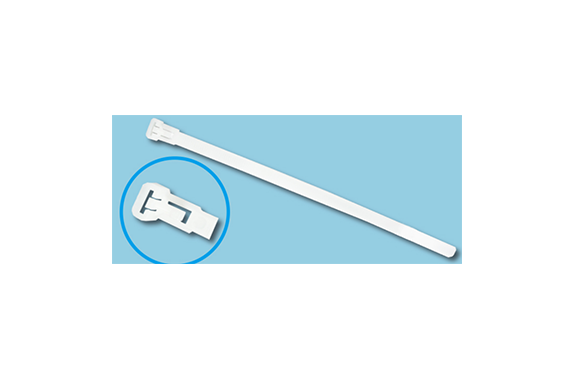
| Model number | Width x Length (mm) | Maximum bundle diameter (mm) | Tensile strength (N) |
|---|---|---|---|
| NR-76250 | 7.6×250 | 65 | 222.41 |
| NR-76300 | 7.6×300 | 80 | 222.41 |
| NR-76370 | 7.6×370 | 108 | 222.41 |
Screw-on cable ties
Screw-on cable ties have a screw hole at the head, which can be used to screw them into a wall or ceiling.
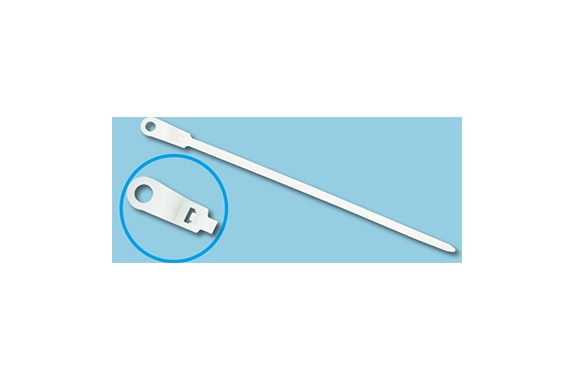
| Model number | Width x Length (mm) | Maximum bundle diameter (mm) | Tensile strength (N) |
|---|---|---|---|
| NM-36160 | 3.6×160 | 32 | 177.93 |
| NM-48205 | 4.8×205 | 50 | 222.41 |
| NM-48300 | 4.8×310 | 80 | 222.41 |
| NM-48370 | 4.8×377 | 102 | 222.41 |
Push-type cable ties
Push-type cable ties are a type that can be fixed by pushing the head part into a panel or wall hole. If there is a hole, it can be installed without using tools.
In addition, the wings allow for stable installation even when pushed into the panel or wall.

| Model number | Width x Length (mm) | Maximum bundle diameter (mm) | Tensile strength (N) |
|---|---|---|---|
| NP-25110 | 2.5×110 | 28 | 80 |
| NP-48130 | 4.8×134 | twenty five | 222.41 |

